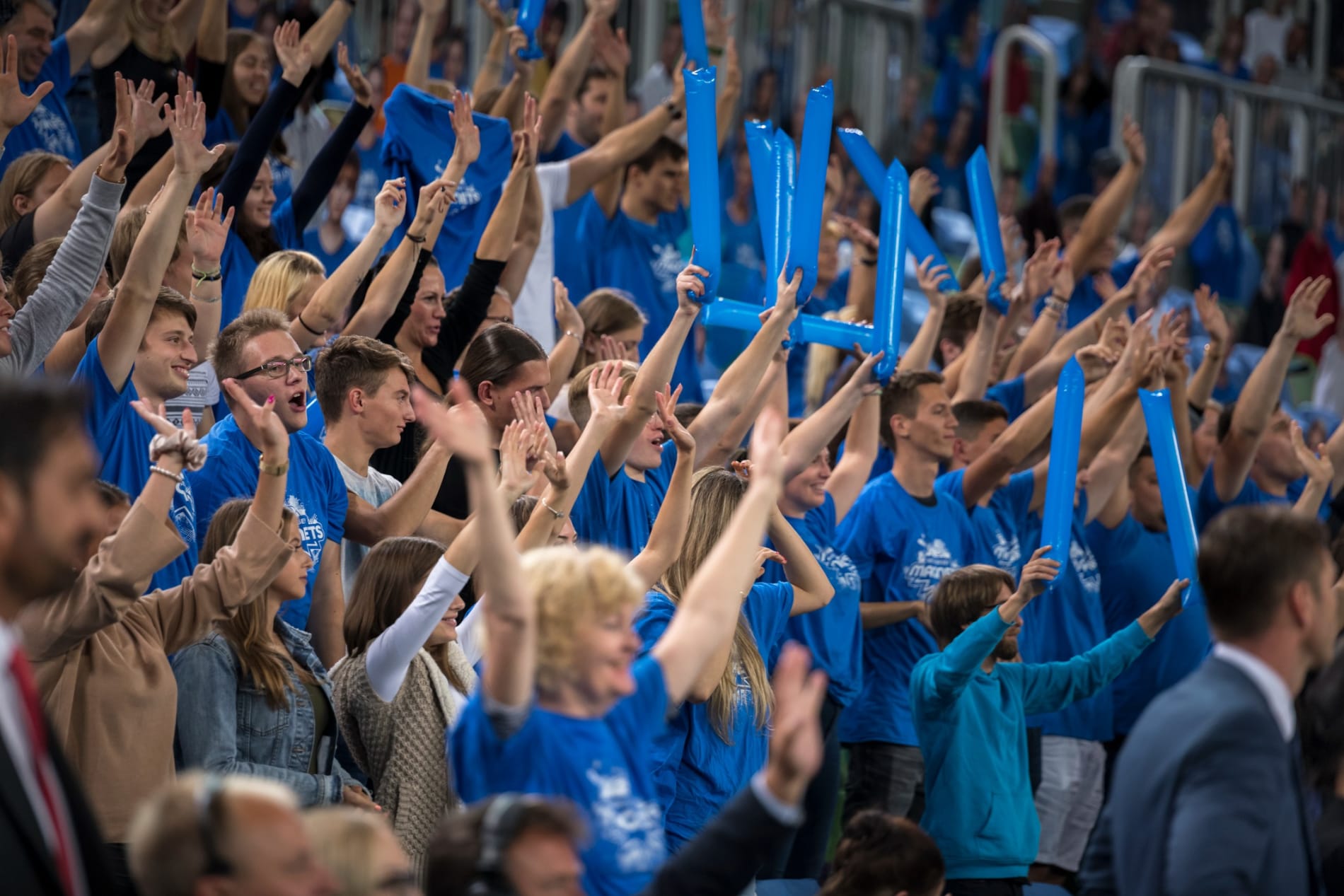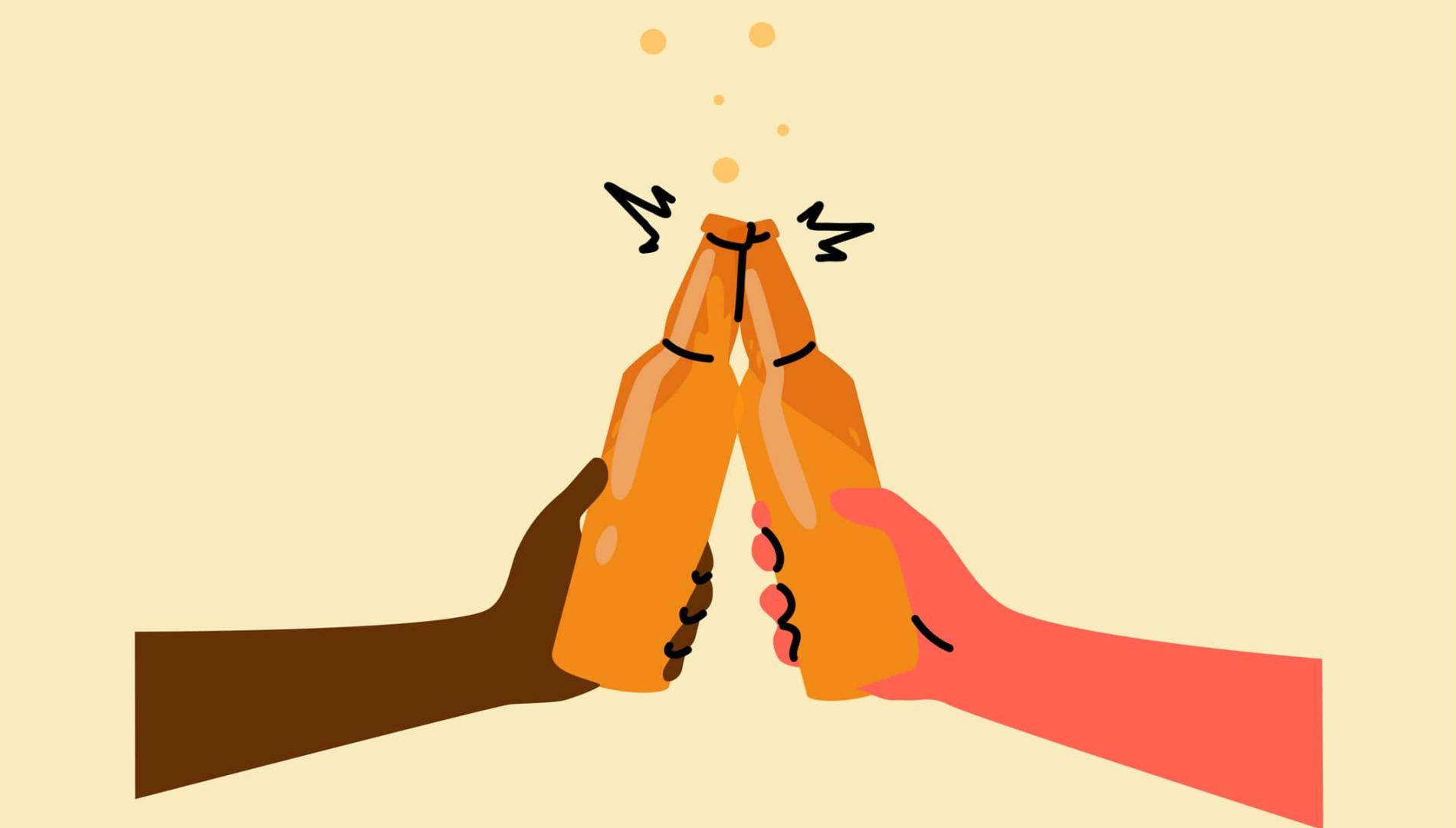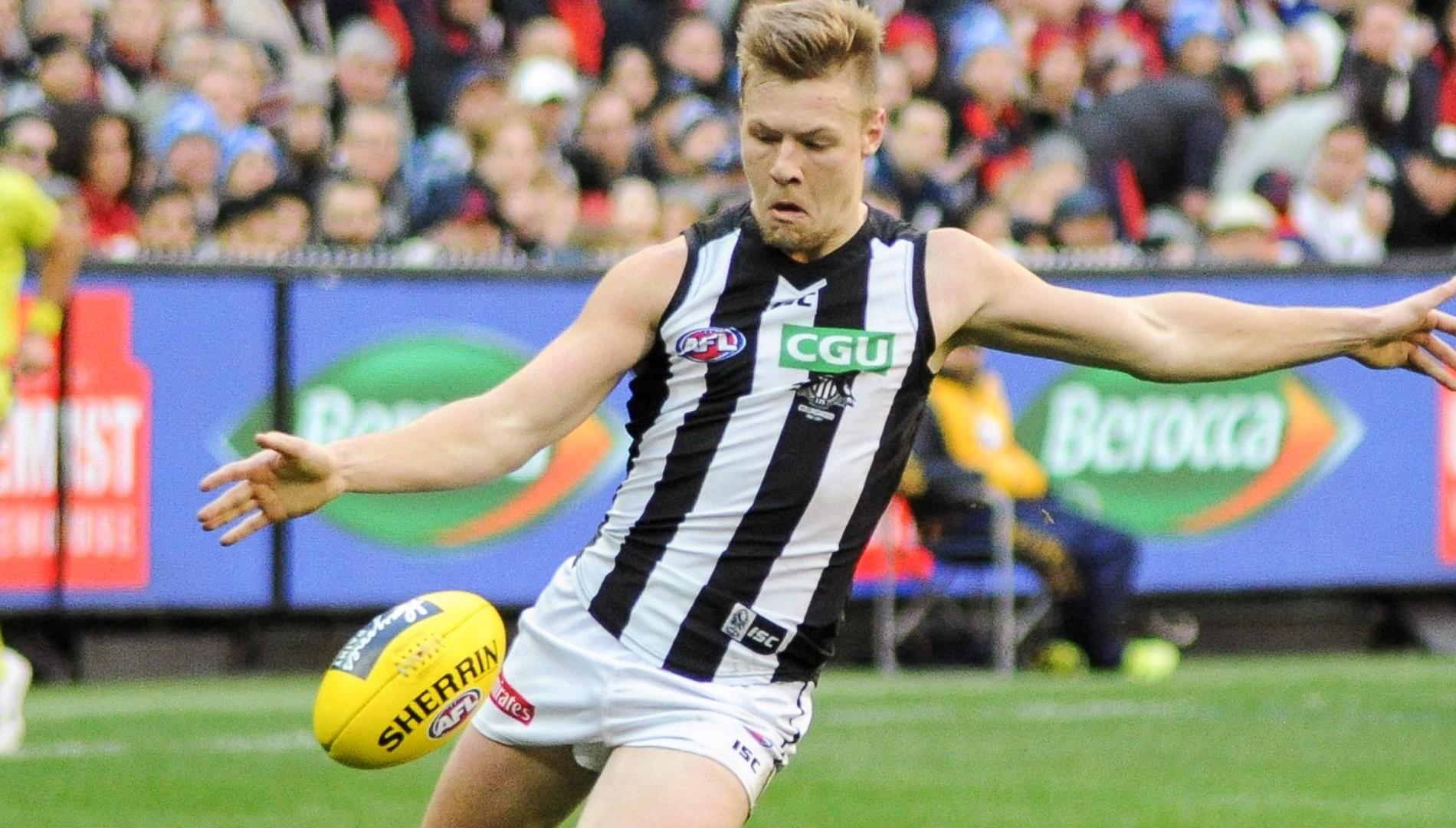Regardless of who they follow, most professional sports fans will agree on one thing – home teams have an advantage, especially when the “away” team travels from afar.
They’ll argue that the crowd’s one-sided roar, home players sleeping in their own beds, plus their familiarity with the ground and local weather, make it tough for visiting teams.
Some supporters will insist that umpires or referees are also influenced by loud and intimidating cries from the crowd to favour the home team.
And they might be at least partly right.
New research, enabled by quirks the pandemic created, allowed us to comprehensively test home-crowd advantage in the US National Basketball Association (NBA) competition.
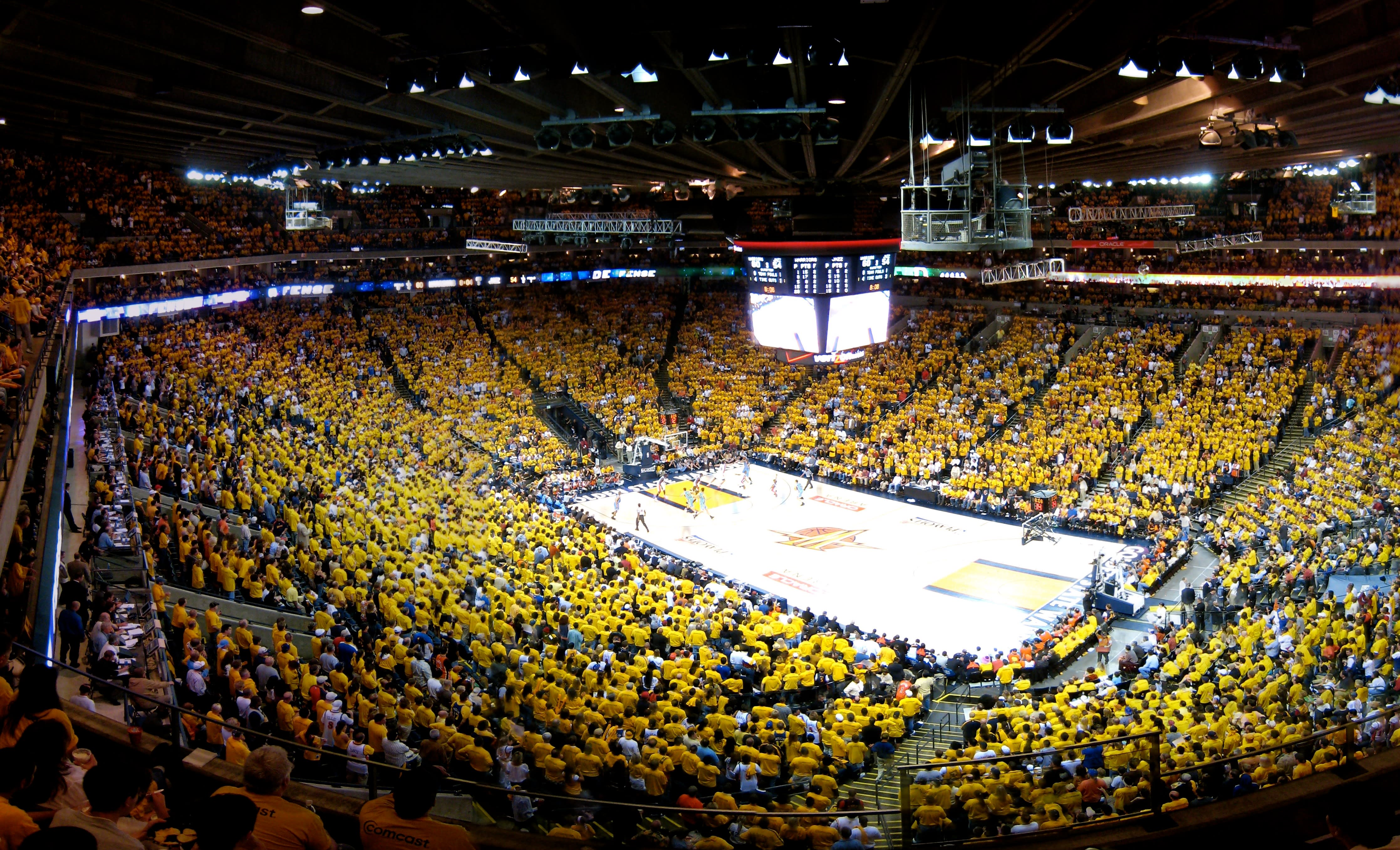
Our Monash University-led study of the COVID-affected 2020-21 NBA regular season confirmed home teams do perform better if they have a crowd.
Due to COVID, fewer than half of the 2020-21 regular season games had crowds, enabling us to directly compare those with fans present to those without.
A unique opportunity to utilise a ‘natural experiment’
Previous studies had shown NBA crowds contributed to home advantage by inspiring home-team effort, distracting opponents, and influencing referees.
Until now, however, quantifying the effect of crowds had been challenging due to potential co-occurring drivers of home advantage such as travel, location and familiarity.
Here, we aimed to isolate the crowd effect by utilising a “natural experiment” created by the COVID-19 pandemic, during which crowds were eliminated in approximately 50% of games in the 2020-21 NBA regular season due to various public health measures limiting or prohibiting mass gatherings at sporting events.
To our knowledge, this was the first study to examine NBA games with and without crowds during a season where travel and venue familiarity were representative of typical NBA schedules, unlike during the Orlando bubble, where all games were played in the same place.
The bio-secure bubble was based at Walt Disney World in Florida to protect NBA players from COVID-19 during the final eight games of the 2019-20 regular season and the 2020 playoffs.
Our research provided a novel approach by examining three potential mechanisms by which crowds may influence performance:
- Inspiring effort
- Distracting opponents
- Influencing referees.
Home is where the hustle is
Published in the Journal of Sports Sciences, we found that home advantage was not observed in games without crowds, with home teams winning only 50.60% of games.
In contrast, home advantage was observed in games with crowds, with home teams winning 58.65% of games and outscoring their opponents by an average of 2.18 points.
Expressed as a percentage, the presence of crowds was associated with a 15.91% increase in home team winning percentage, which is comparable to the difference between the fifth (58.3%) and tenth (49.0%) best winning percentages out of 15 Western Conference teams in the 2020-21 NBA season.
The presence of crowds was also associated with an increase in home-team rebounding differential (a measure of effort), and was not associated with changes in foul differential (a measure of referee bias) or free-throw percentage (a measure of away-team distraction).
Taken together, the data suggests that home advantage during the 2020-21 regular season was predominantly driven by the presence of home crowds and their diametric influence on the effort exerted by home and away teams to rebound the ball.
In a league where marginal gains had immense competitive, financial, and historic consequences, any such advantage is significant.
Therefore, our findings have important implications for NBA franchises, whose fortunes can shift dramatically on a single made basket.
In a league of their own?
While it remains to be seen whether Australian elite sports such as AFL and NRL would mirror these findings, it’s fair to assume that they might produce similar results.
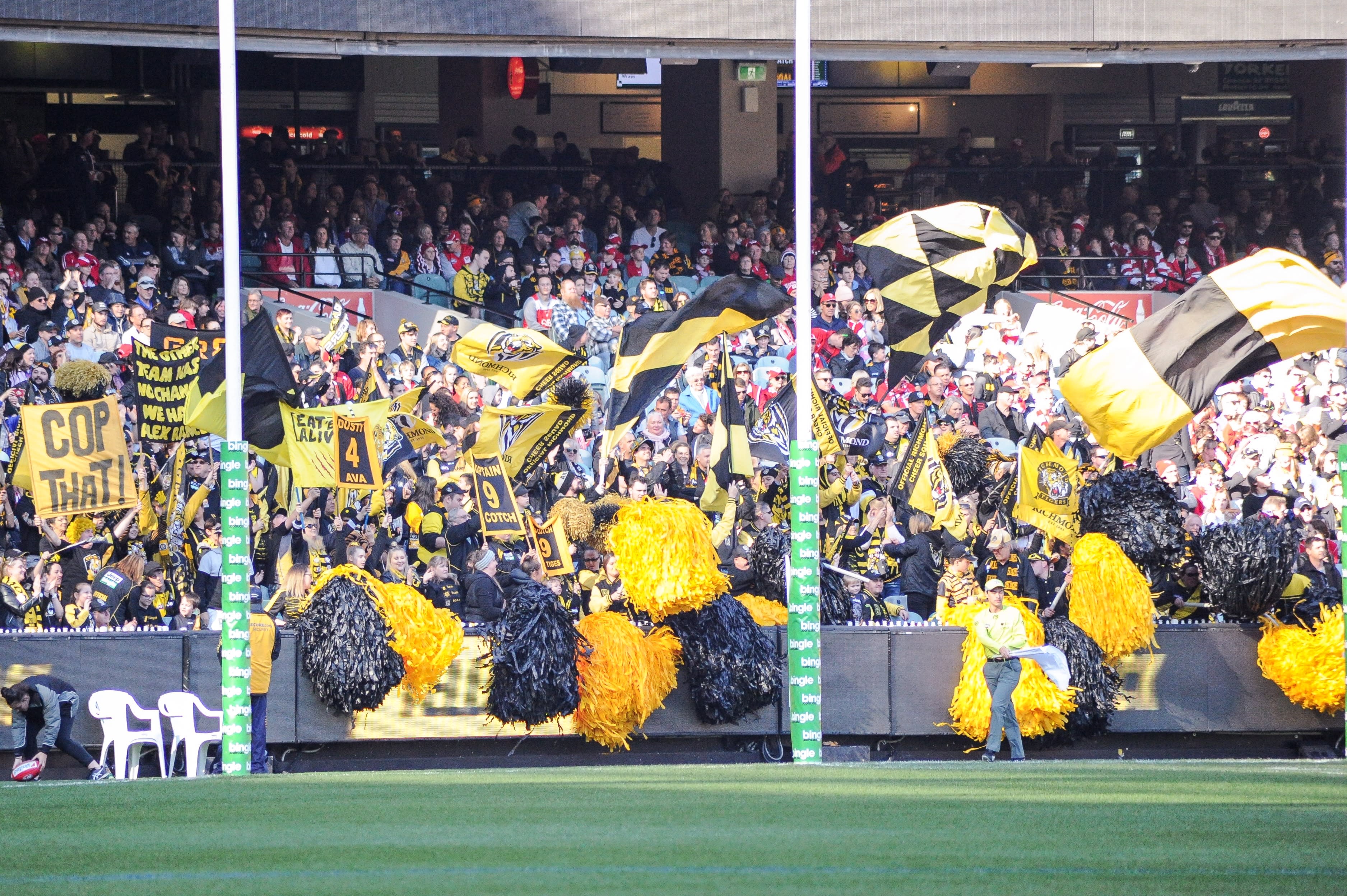
Our study didn’t collect Australian data, so we can’t make definitive claims about whether this phenomenon would translate to Australia’s elite sporting competitions.
However, given the immense popularity of elite sports in Australia and the similarities in sports fandom with the US, we speculate that future research would likely find a similar crowd effect in Australian elite sports leagues such as the AFLM, AFLW, NRL, and NRLW.
If so, there would be significant implications for ticket sales and competitive balance in leagues such as the AFL, where teams often play on neutral grounds, including in the grand final.
Regardless of the sport, and particularly in the NBA, our results underline the importance of a fixture that maintains competitive balance when it comes to home and away games.
